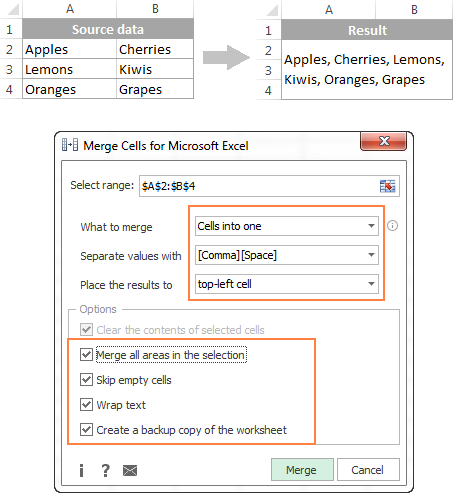
Next, check the transpose box near the bottom and hit OK. Right click on the empty cell and click on Paste Special in the menu. Once copied, go to the cell where you want your transposed information to appear. Here is the easiest way to transpose information: Highlight and copy the cells you want transposed. This function allows you to flip columns into rows and vice versa in Excel. Notice in the example below that the top row is numbered “1” but the following rows start at number “1583.” As you scroll through the data, the “freeze pane” (in this case, the top row) stays in place so that you don’t lose track of the headers. In spreadsheets with hundreds of rows and dozens of columns, it’s hard to keep track of what each row or column represents - unless, of course, the header (name) of each row or column stays in place as you scroll through your spreadsheet. As you become more acquainted with Excel, this function will likely stand out as one of the most useful.


(Mac users follow these steps.) Three options allow you to freeze the top row or the first column, or to designate a combination of top row/column to freeze. To freeze the header row, got to the View tab and click on Freeze Panes. Knowing what the formulas call for is part of the fun of Excel! Freeze Panes You’ll want to format your cells regularly as some formulas call for text, while others call for numbers. You can add a border to your spreadsheet under the Border tab. The Alignment tab allows you to align text, wrap text, merge cells, etc. Under the Number tab, you can specify the format of the cell as general, text, a number, a date, currency, etc., or customize it. To format a cell or column, right click on the cell or highlight the column. For more in-depth filters, click on the filter tab and go to “date filters” or “text filters.” Format Cells Using ‘Home’ Tab Features Click on filter, and you will see the pull down tabs on the column headers. To turn on the filter, click on the Home tab and go to Sort & Filter. For example, if you have a district employee spreadsheet and one of the columns identifies the employee type (principal, teacher, librarian, etc.), you’ll be able to use the Filter function to select as many or as few types of employees as your analysis requires. In addition to organizing rows in one or more columns by their alphabetical or numerical order, this function allows you to limit the data on display for more targeted analysis. Under the home tab, click on Sort & Filter and then Custom Sort. To sort by more than one level, do a customized sort. To do a quick sort in Excel, right click anywhere in the column you want to sort. At its most basic, the Sort option allows you to organize rows of data in one or more columns numerically or alphabetically. The sort function works for text and numbers. Sort: This is the fastest way to rank data in a column.

In other cases, you’ll want your data organized in certain ways before advancing to the formulas we’ll explore in this guide. In some cases, applying a simple edit to your cells can eliminate the need for more involved formulas. Consider this the latitude and longitude of data mining.Įxcel allows you to manipulate data in time-saving ways, but it helps to know the basic editing and organizing functions to quicken the pace of your analysis. Basic Excel Organizing ToolsĮxcel is made up of columns and rows. Some column headers consist of abbreviations, and you don’t want to guess them. And make sure to request the record layout, which will define the information in each column. Also, always request the information in electronic format, such as Excel. State laws vary, but a basic request should detail specifically what is needed and the time frame sought. The examples in this guide mirror the examples in the spreadsheets. And if you make a mistake, just hit “control+z” to undo a step.Īccompanying this guide is a set of spreadsheets that you can use to practice the skills you’re about to learn.

Many Excel tricks require some practice, but you’ll see the payoff quickly. Use this guide as an introduction to the Excel concepts you’ll find most helpful in your reporting, and remember to be patient. This guide will teach skills that are needed to clean and analyze databases to extract information for story use.
#Excel for mac wrap lose text full#
Databases are full of information broken down into rows and columns. Reporters use Microsoft Excel to analyze data to look for trends, anomalies and story ideas. Know someone that would benefit from EWA membership? Brain Waves: Covering How the Science of Learning Translates to the ClassroomĪ unique opportunity to support reporters who are new to the education beat.A Report Card on Teacher Retirement Systems.Pathways to Good Jobs: Higher Ed's Changing Role in Upward Mobility.Webinar: Learning in Quarantine: What Reporters Need to Know.


 0 kommentar(er)
0 kommentar(er)
